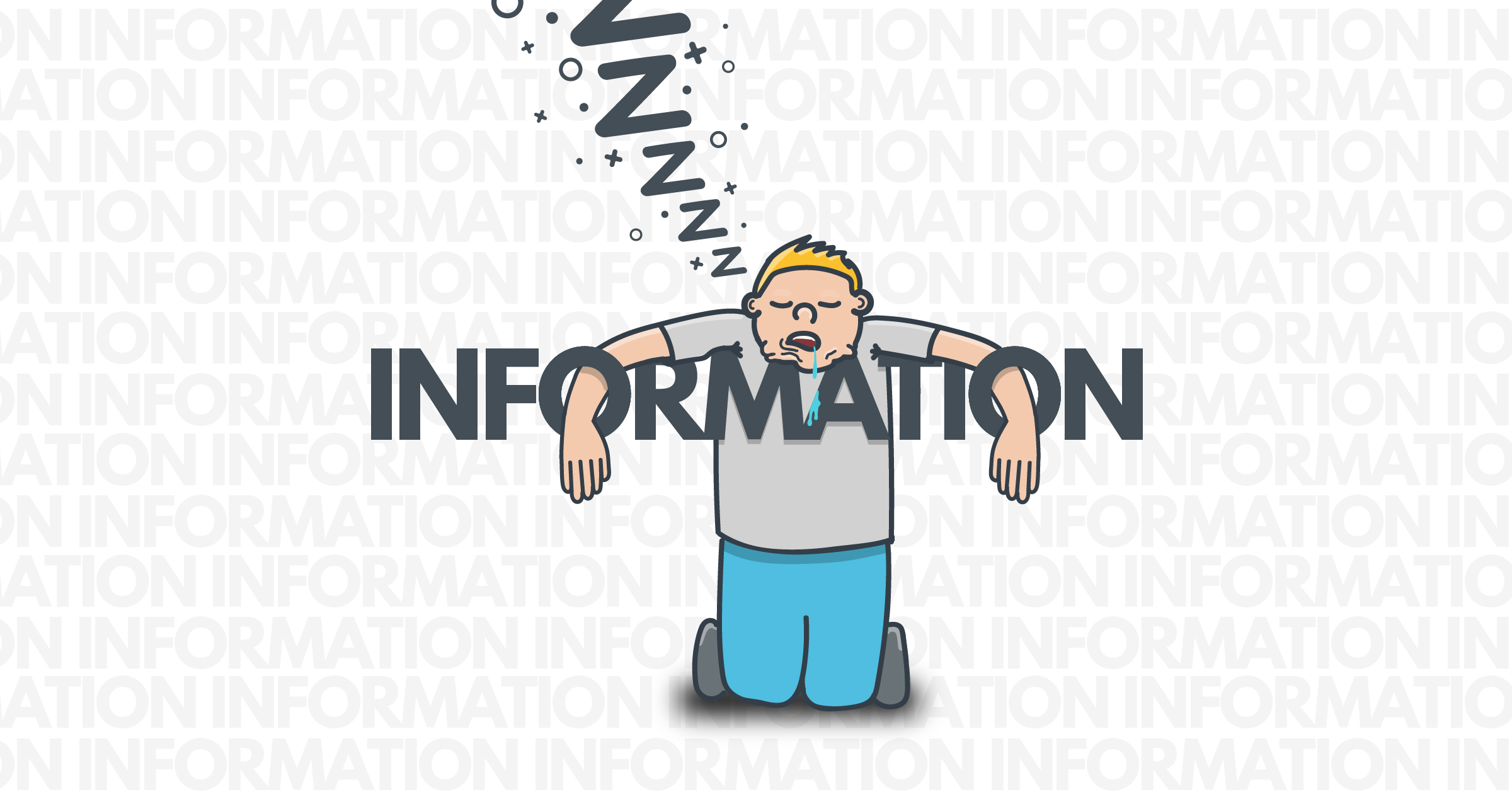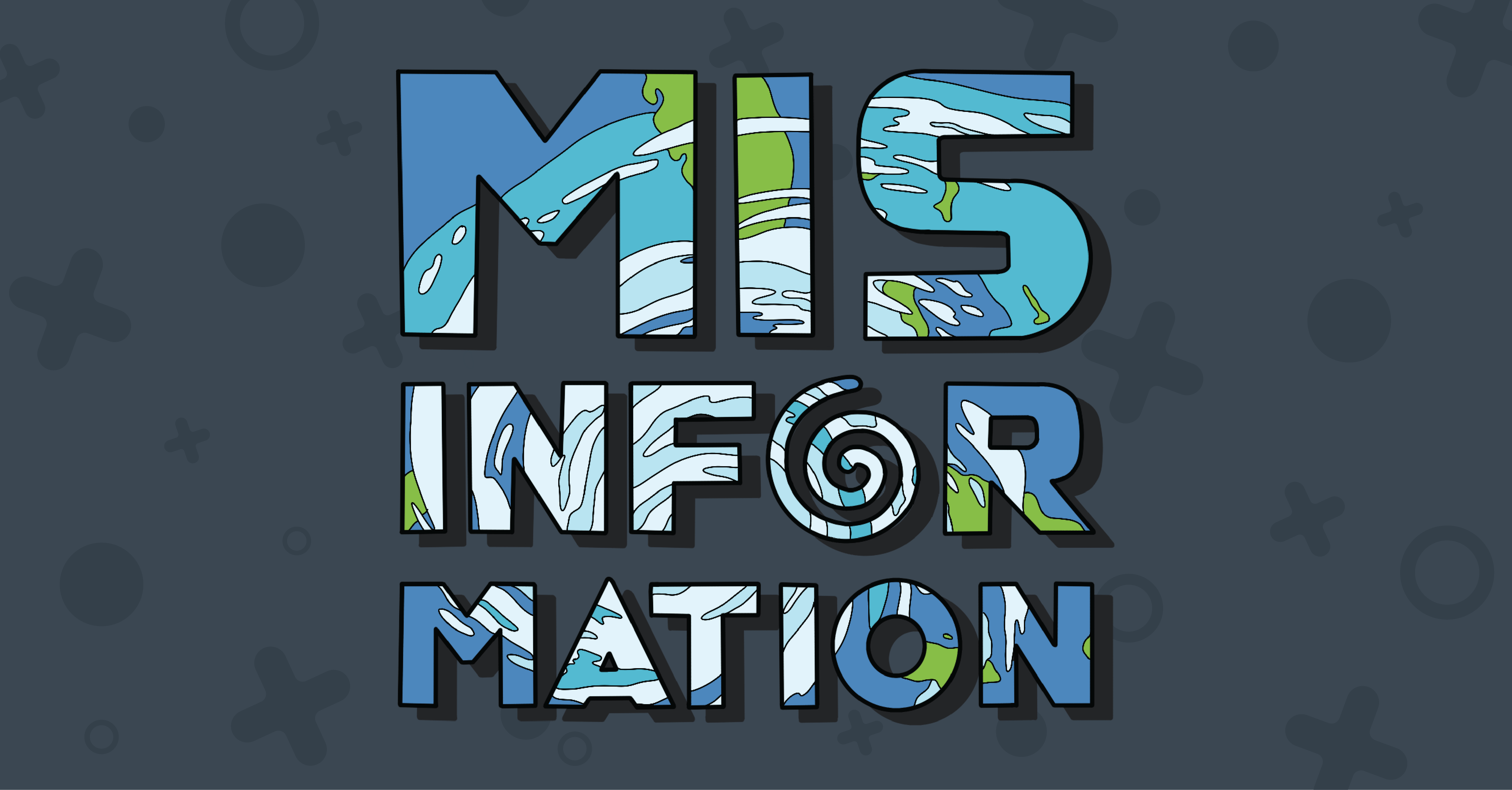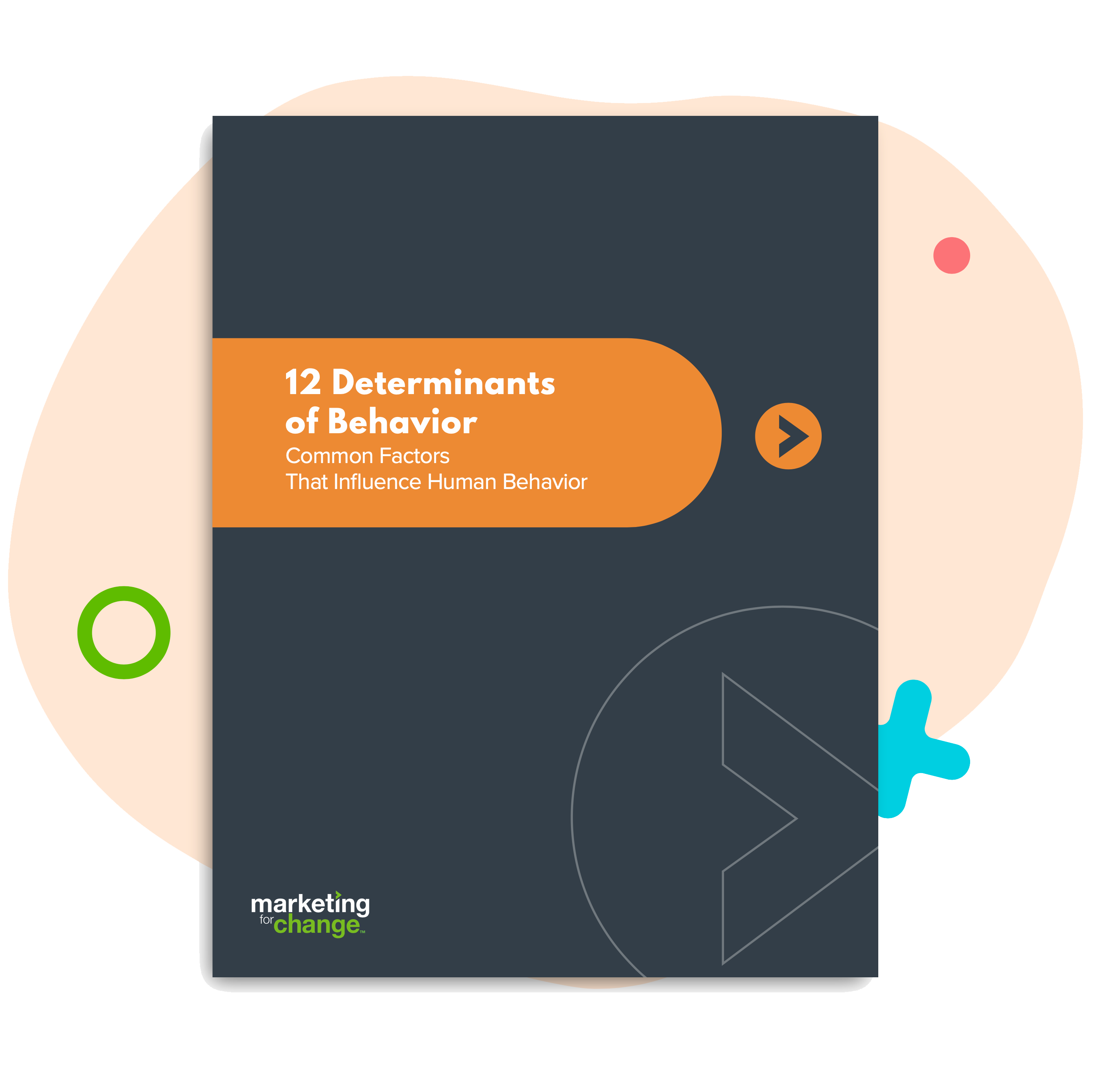
You Can’t Bore People Into Submission
A few weeks ago, my colleague Karen Ong wrote a post about why investing in eye-catching creative is useless if you don’t have a solid behavior change strategy behind it.
Today, I’m going to add an important caveat: you also can’t bore people into doing what you want them to do.
Karen is our agency’s executive creative director. I am the chief strategist. I think one of the things that fuels our agency’s track record of successful behavioral interventions is how strategy and creative are entwined from start to finish.
There are no silos, no baton handoffs. How the research and strategy will inform the creative and how the creative will embody the research and strategy becomes a single throughline from the first expert interview or focus group to the last headline on a social post.
That’s why I want to tear my hair out whenever I see examples of “creative” materials designed by experts or advocates to “educate the public” and they are so boring they make me want to cry.
Time is life’s most precious resource, the one thing you can never get back or get more of. I honestly think it’s a sin to waste people’s time with long lists of things you think they should know or do. Note: in today’s world of 5-second attention spans, they won’t listen anyway.
So here are a few tips to make sure your creative is not only rooted in strategy, but also grabs people’s attention and moves them to act.
5 tips for better strategic creative
- Read Karen’s post, if you haven’t already.
- Use behavioral determinants. These common drivers of behavior can supercharge your intervention — but they are not plug and play. Use your research to discover which determinants will increase motivation or reduce barriers to action. Then build them into your strategy and infuse them into your creative.For example, our HoCo Unsweetened campaign, which reduced sugary drink purchases by 30% in Howard County, Maryland, embedded social norms into much of our messaging. But we also overcame status quo bias with Switch the Drink, an online tool that helps parents find a healthier alternative to their favorite drink.
- Write like people aren’t going to read. Did you know that “fluency” — the ease with which your audience can understand the concepts you are trying to get across — influences how credible they think you are? And probably in the opposite way that you thought.Psychologist Daniel M. Oppenheimer has run experiments showing that people think you are MORE INTELLIGENT and trustworthy if you are EASIER to understand. (See his cheekily titled research article: Consequences of erudite vernacular utilized irrespective of necessity: problems with using long words needlessly.)So unless you are writing for academics or other experts, use short sentences and simple words.And honestly, even experts often appreciate stuff that they can quickly grasp.For example, we have discovered that busy pediatricians love the materials we develop for low-literacy audiences — for themselves. The messages are easy to absorb and pass on.
- Listen to your creatives. Yes, you want your creative to be strategic. But if you are trying to grab the attention of a new audience, your creative team has a bag full of tricks. Help the creatives push the strategists (and your clients) outside their comfort zone. As long as you’ve tested your creative to ensure your audience gets and responds to your call to action, give your creatives some free rein.
- Help your audience have a little fun. If you are taking up your audience’s time, give them something rewarding in return. Make sure your materials are insightful, empowering, or delightful — without using any of those big words.

Sara Isaac is the agency’s chief strategist.





